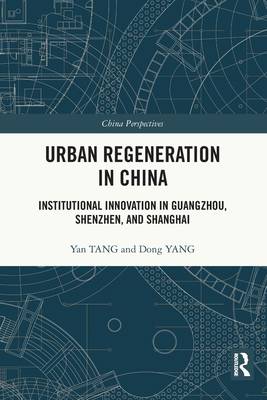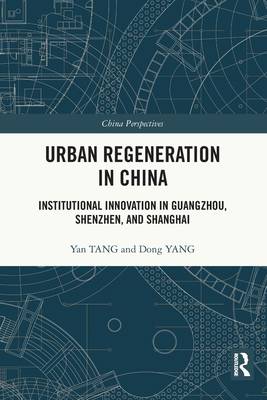
- Retrait gratuit dans votre magasin Club
- 7.000.000 titres dans notre catalogue
- Payer en toute sécurité
- Toujours un magasin près de chez vous
- Retrait gratuit dans votre magasin Club
- 7.000.0000 titres dans notre catalogue
- Payer en toute sécurité
- Toujours un magasin près de chez vous
Description
The book examines institutional innovation in urban regeneration in Guangzhou, Shenzhen, and Shanghai, three Chinese cities that have experienced sweeping changes in recent years, providing an ideal guide to the development of urban regeneration practices in China.
As a starting point, the book revisits relevant theoretical developments and the institutional experiences of urban regeneration in some Asian pioneer cities and regions, such as Hong Kong, Taipei, Tokyo, and Singapore. Moving on to the Chinese mainland cities themselves, the core comparative study investigates the institutional systems, key policies, planning formulations, and implementation paths in the urban regeneration process of the three cities. Gains and losses that have resulted from each city's institutional construction and reformation are discussed, as well as the underlying reasons for these. Drawing on these case studies and comparisons, the book puts forward some generic rules for urban regeneration institutional innovation, offering a valuable frame of reference for other cities and regions.
The book will appeal to scholars interested in urban regeneration and renewal, as well as urban planners, architects, policymakers, and urban development administrators.
Spécifications
Parties prenantes
- Auteur(s) :
- Editeur:
Contenu
- Nombre de pages :
- 202
- Langue:
- Anglais
- Collection :
Caractéristiques
- EAN:
- 9780367709112
- Date de parution :
- 09-01-23
- Format:
- Livre broché
- Format numérique:
- Trade paperback (VS)
- Dimensions :
- 156 mm x 234 mm
- Poids :
- 317 g

Les avis
Nous publions uniquement les avis qui respectent les conditions requises. Consultez nos conditions pour les avis.






